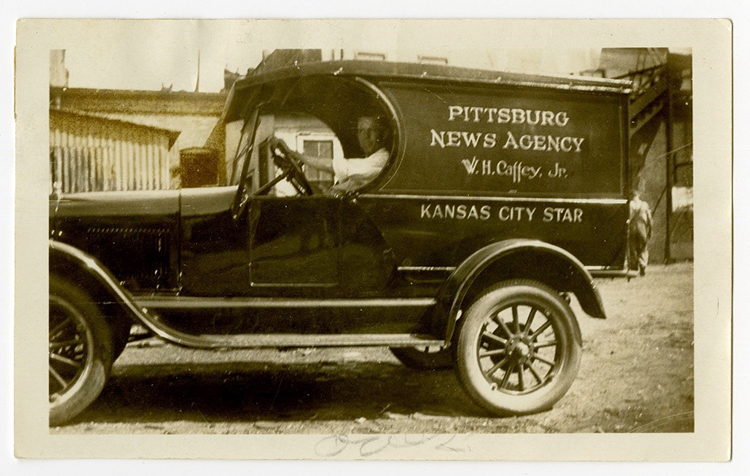New Collection - Kansas City Star Newspaper
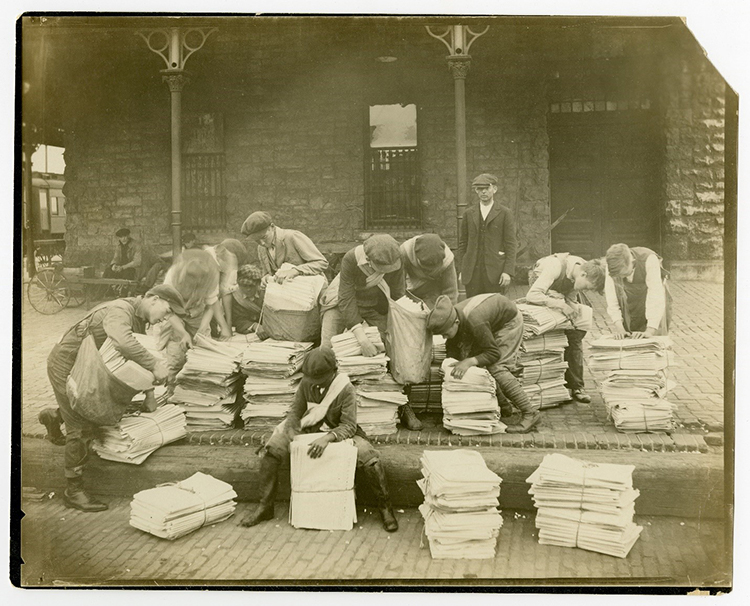
For more than 14 decades Kansas City’s news has been read by millions nationwide thanks to The Kansas City Star newspaper. When The Star building at 18th and Grand was sold in 2017, the Library’s Missouri Valley Special Collections was contacted about a dark storage room in the basement full of historical records that needed a home. Among this collection of documents are Kansas City Star’s company records documenting the history of the newspaper and its founding family.
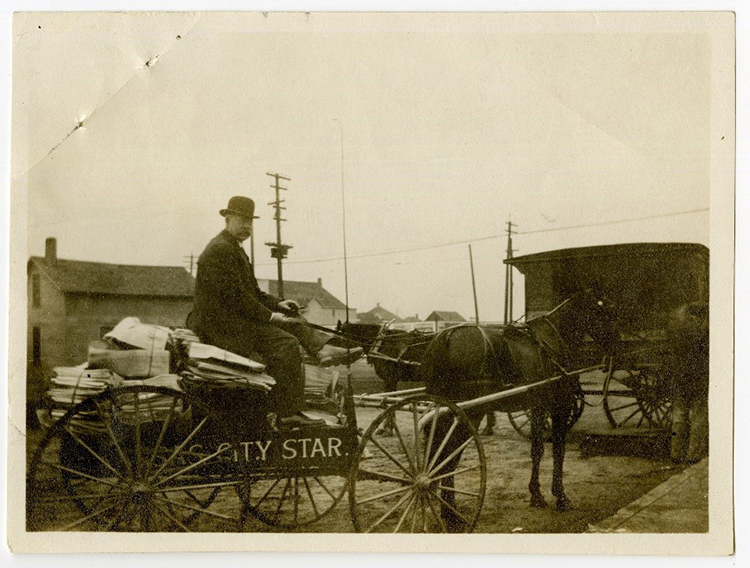
The founders of The Kansas City Star, William Rockhill Nelson and Samuel E. Morss, first began working together while co-owning The Fort Wayne Sentinel in Indiana. Craving more free rein for their ideas and political views, the two men looked to Kansas City as a new boomtown ripe for commentary on the social and political changes of the late 1800s.
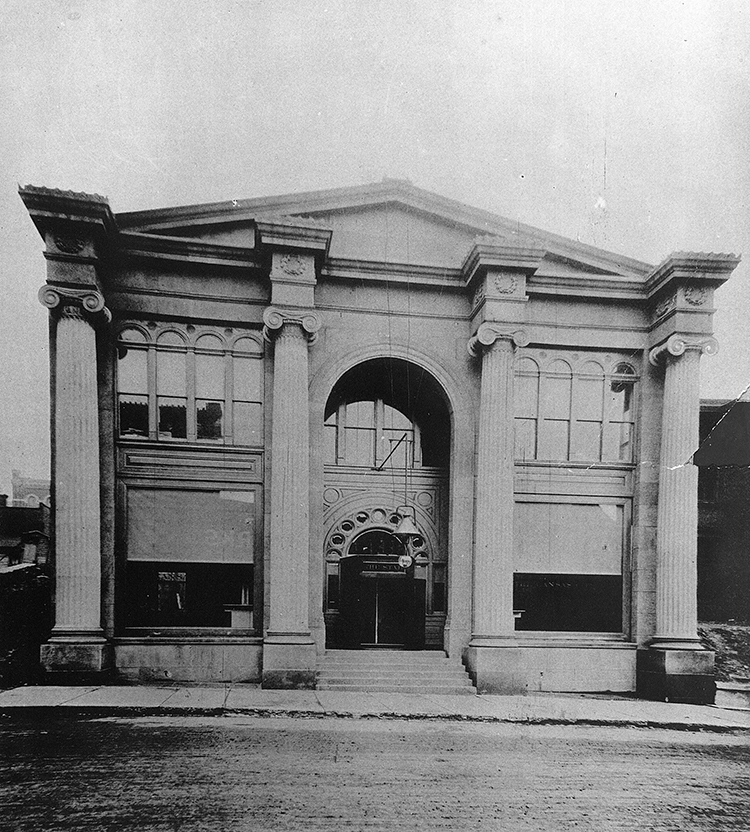
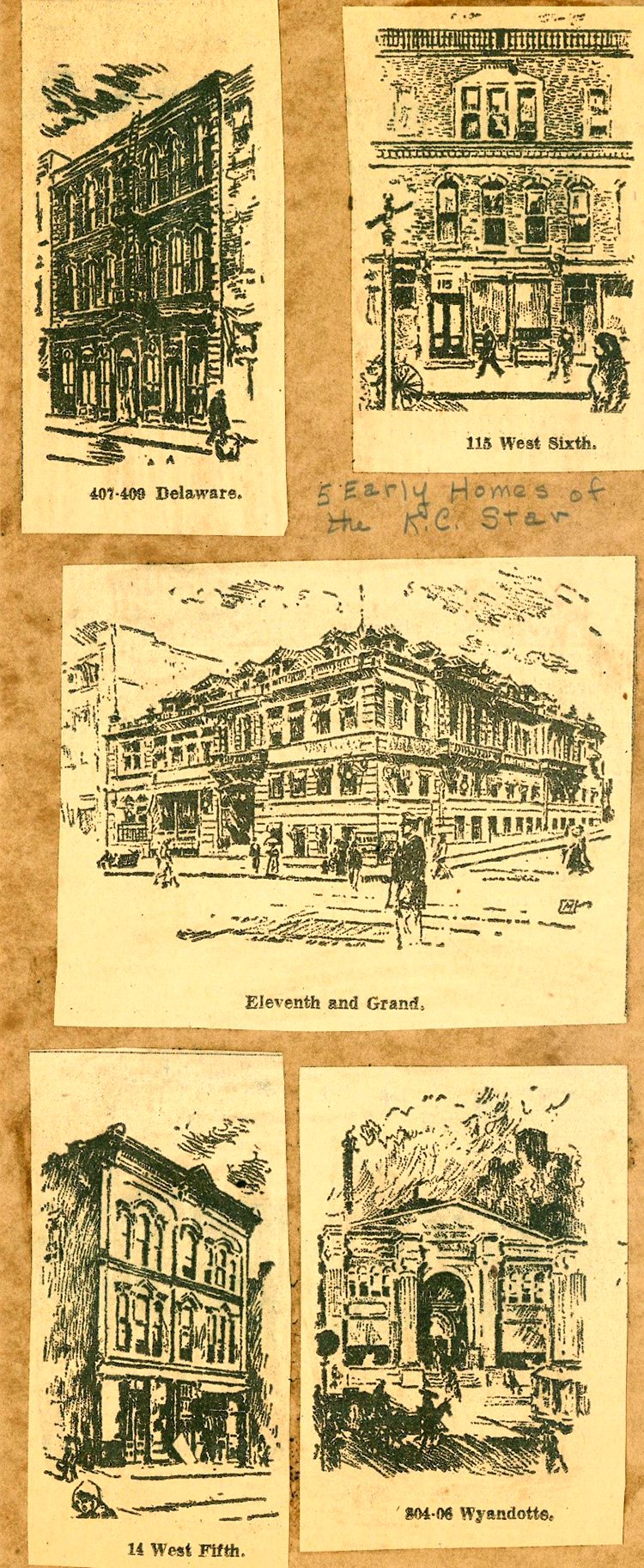
Nelson and Morss published the first issue of their Kansas City newspaper on September 18, 1880, as The Kansas City Evening Star. Shortly after, Morss was unable to keep up with the demands of the growing paper and retired due to health reasons. Nelson became the sole owner and shaped the direction of the paper’s editorials with his own opinions. He was a major figure in politics and local public works, including advocating for city improvement with the parks and boulevard system, which was reflected in his influence over the newspaper.
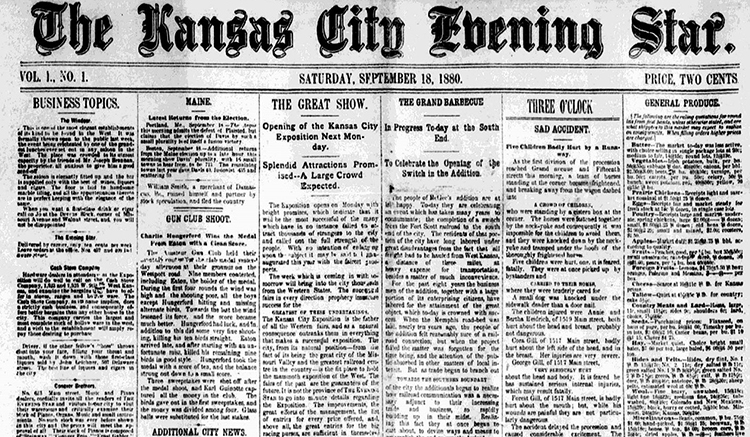
Nelson expanded his dominion over the growing city’s news sources by adding The Weekly Kansas City Star, tailored to local farmers, in 1891 and the Sunday edition of The Star in 1894. Then in 1901, Nelson added a morning addition with the purchase of The Kansas City Times. The Times ran as a morning daily along with the afternoon edition of The Star until they became one daily newspaper in 1990. The Kansas City Star won eight Pulitzer Prizes from 1931 to 1992.
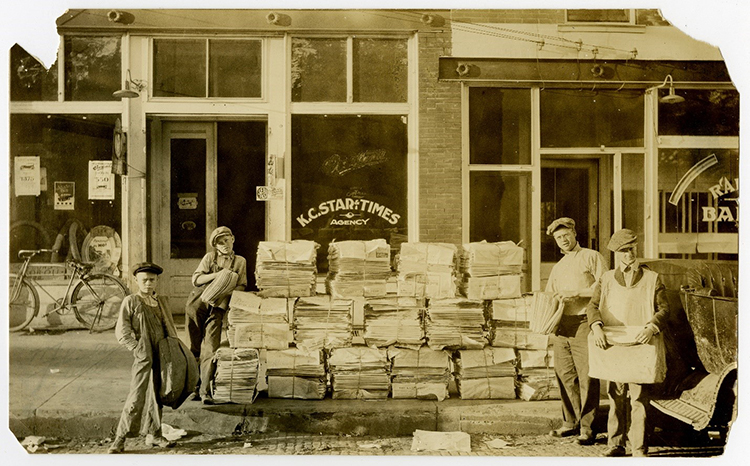
The Star expanded beyond newsprint with the founding of the WDAF radio station in 1922 and the WDAF-TV television station in 1949. But it was forced to sell both stations after federal antitrust charges were filed against the company in the 1950s. The suit found that after the paper’s main rival, The Kansas City Journal-Post, went out of business, The Star was able to impose their own restrictions on advertisers and monopolize the dissemination of news and advertising in the Kansas City area. As a result, The Star had to sell its WDAF broadcasting stations in 1958.
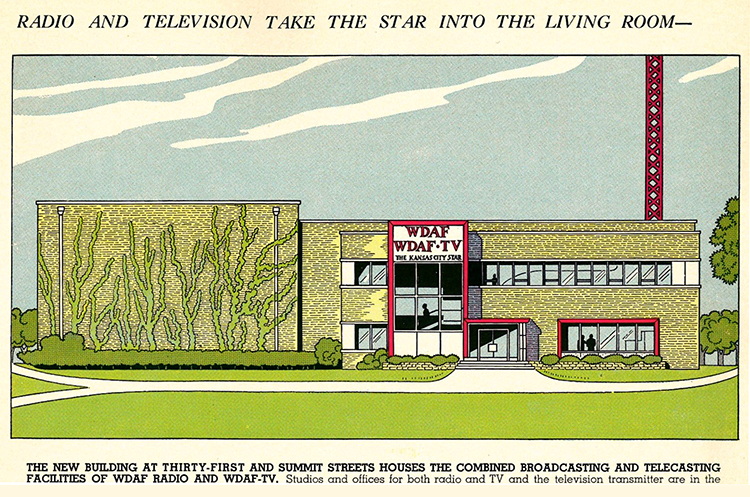
The newspaper was first printed out of a building at 407-409 Delaware. In 1911, The Kansas City Star moved to a new building at 18th and Grand, designed by renowned architect Jarvis Hunt, who would go on to design Union Station. The Star remained in the building for 107 years before selling it in 2017.
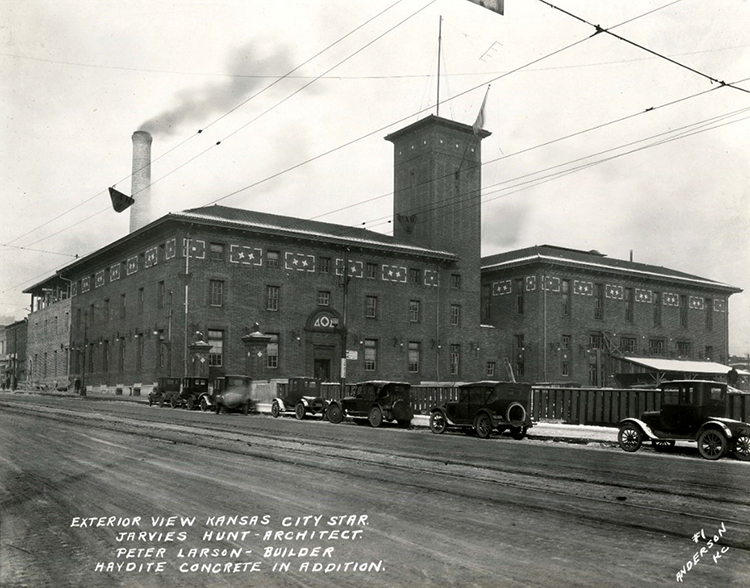
William Rockhill Nelson died in his home at 4525 Oak Street, known as Oak Hall, in 1915, leaving everything in his will to his wife and daughter. His wife, Ida, died in 1921. When daughter Laura Nelson Kirkwood died in 1926, she left the newspaper and family estate to her husband, Irwin Kirkwood. The newspaper was then purchased by the staff of The Kansas City Star. The proceeds of the sale and the remainder of the Nelson estate were subsequently donated to the creation of the Nelson-Atkins Museum of Art. Oak Hall was later razed and the museum built on its site.
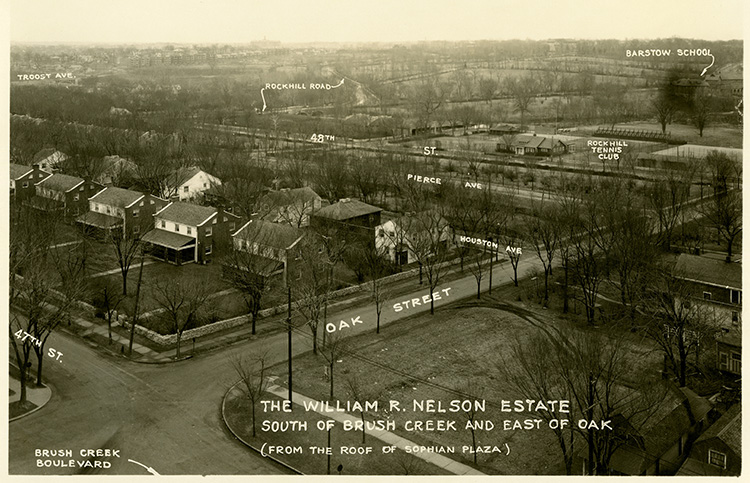
The Star was owned by local stockholders until 1977 when it was sold to Capital Cities. It changed ownership again with the paper’s sale to the Walt Disney Company in 1996, then again to Knight Ridder Inc. the following year.
In 2006 The Star was acquired by the McClatchy Company, the nation’s third largest newspaper publishing firm. The same year, The Star moved into the newly constructed Press Pavilion, an 8-story glass structure at 1601 McGee Street. In 2020, the company announced they would vacate the iconic building and move print operations to a third party in Des Moines, Iowa.

While the records donated to the Missouri Valley Special Collections do not represent a comprehensive history of The Star’s many decades of business, they do provide a record of many crucial points in its early years. The collection also shows the paper’s efforts to adapt to a constantly changing business within an evolving political and social climate.
Researchers can now access this collection, which contains records of The Kansas City Star Company’s organization and operation, reporter/editor files, and personal records of the company’s founding family as they relate to the operation of the newspaper. A detailed description of the collection’s contents is available through the online finding aid, and many of its photographs have also been digitized.
The Kansas City Star’s newspaper clipping files were donated to the LaBudde Special Collections. For information on how to access the Kansas City Star newspaper database, go to our FAQ on accessing old newspapers. While some photographs were found in the Kansas City Star archival collection, the Star still retains their complete photo archive.


